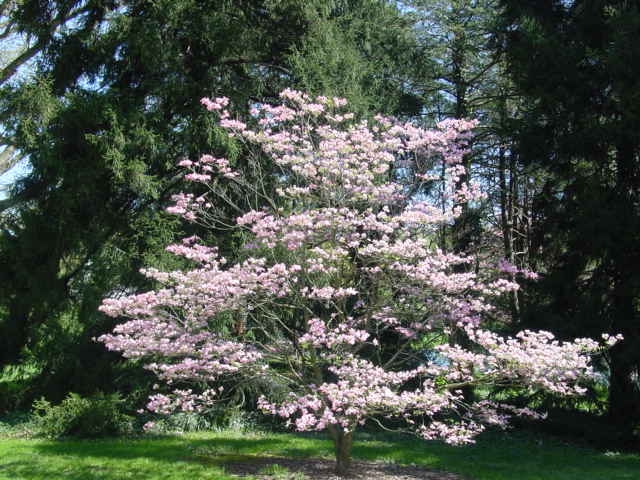Trees Make All the Difference
I recently took a trip to Oakley, Kansas. One thing you will notice right away, if you are ever out there, is the absence of trees. There are trees, just very few, and extremely far in between. “Trees are good” is not just a gimmicky bumper sticker slogan that hippies throw on the back of their vehicles. It is the objective truth. Even though there weren’t many, people were using trees to protect and sustain their way of life.
Trees can act as a wind block. If you have ever been west of Salina, Kansas, you can see how essential trees are to people and animals. Near every home, you see a collection of evergreens, cottonwoods, and Siberian elms planted as a barrier to the constant winds. Birds and other animals use this shelter from winds and storms. A straight line of mature eastern red cedars planted perpendicular to the wind direction can reduce wind speeds by 40%. That makes all the difference to your mental well-being when the wind is at a constant 30 mph.
Just the simple sight of trees puts people’s minds at ease. Trees can reduce stress, lower blood pressure, provide privacy, and reduce crime. A study conducted by the U.S. Forestry Service and published in the Landscape and Urban Planning journal found that neighborhoods with 10% more tree canopy cover experienced 11.8 percent less crime than their comparable counterparts.
Having trees is good for the economy. By providing shade on summer days, less energy is used to cool homes and buildings. The air gets naturally cooled through active transpiration happening in all the leaves. With strategic placement, planting trees can reduce the heat island effect in our urban areas, reducing air temperatures by 30 degrees F. Trees also increase the property values where they are located and in adjacent properties. Large, mature trees can be worth tens of thousands of dollars because of their appeal to the human eye, the benefits of the shade, and the habitat they support. 
Trees give us wood for housing, business, and transportation structures. Because we can plantmore trees, wood is considered a renewable resource. Humankind has abused this resource in the past, but through advocacy, awareness campaigns, and legislation, deforestation laws regarding consumer products are on the books here in the U.S.
Do you like trees yet? Well, if you don’t, do you at least like butterflies and moths? Oak trees alone can support 540+ species of Lepidoptera. Some of the most recognized butterflies use trees in one way or another to complete their life cycle. Monarch butterfly larvae may eat milkweed leaves; however, when they migrate to Mexico, they spend their time clustered in tree canopies, awaiting their cue to begin the journey back. Luna moths use the leaves of persimmon trees to make their cocoons. Western tiger swallowtail butterfly caterpillars eat the leaves of cottonwood trees. The point is that having these trees present could also bring the pretty insects they support.
This Arbor Day weekend, go out and plant a tree. It doesn’t have to be a full-size tree; start with a seed or a tiny sapling. It doesn’t have to go in the ground immediately; try starting in a pot. By making it to this point in the article, you have understood how essential trees are to people, insects, and the environment. How can you afford not to?
by Markis Hill, Horticulture Ornamentals and Turf Agent, 2025